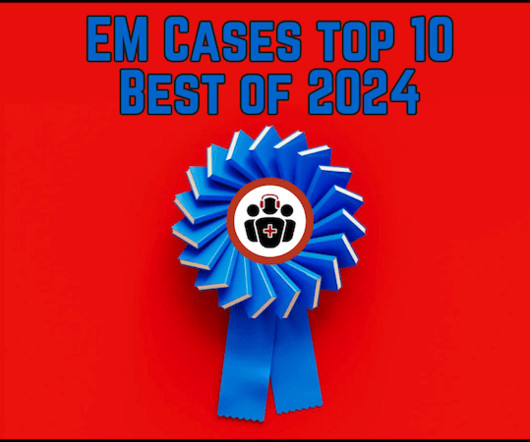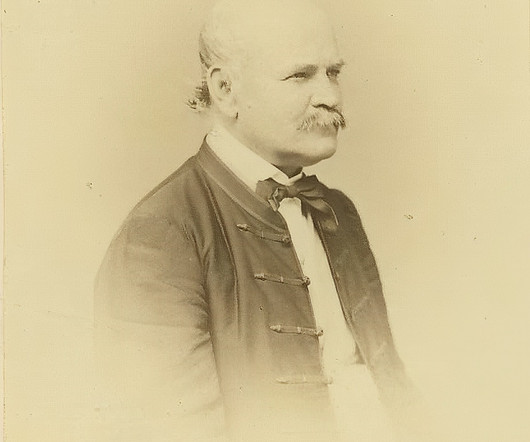Communic8: Eight Universal Leadership Lessons from the Children’s Emergency Department
Don't Forget the Bubbles
DECEMBER 31, 2024
The Childrens Emergency Department is a busy, challenging, and dynamic environment. The skills needed to deliver the best possible outcomes for children and young people are multifaceted and constantly evolving. They involve a mixture of clinical, communication, and leadership traits. Having recently moved from a leadership position within the Childrens Emergency Department to a more system-based role involving children of all ages, its apparent to me how transferable my experiences on the shop













Let's personalize your content